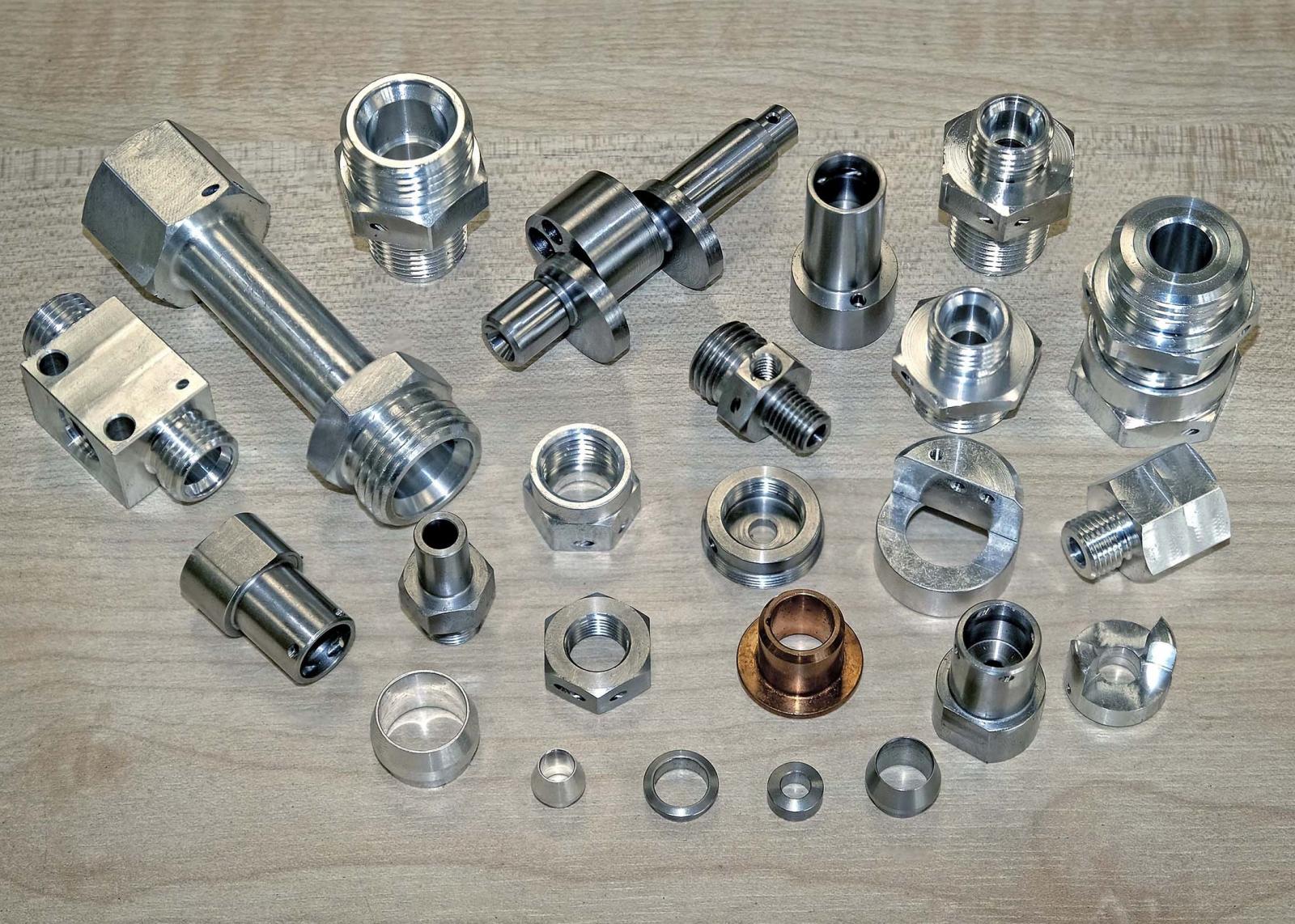
Sliding head turning centres have given Nuneaton-based subcontractor Oaston Engineering the edge it needs to win international aerospace contracts.
July 2018 saw the arrival of the firm’s first sliding-head lathe, a 20 mm bar capacity Citizen Cincom L20-VIIILFV, which was followed in October 2022 by a second, larger model, a 32 mm capacity Cincom L32-VIIILFV.
Oaston Engineering’s managing director Sean McCarthy said: “We were always led to believe that sliding-head lathe operation was a dark art and that you need to produce large batch quantities, say 50,000, to justify setting them for a new run. When the Cincom L20 was delivered, we discovered the myths were untrue.”
The ease and speed with which the lathe could be prepared for the next production run meant that batch sizes of as low as 200 are economical to machine. As it happens, though, the quantities the company is being asked to produce are steadily rising. One example is a contract to mill nuts and olives for an aircraft de-icing equipment manufacturer. In 2008, the typical annual quantities required were 2,000 and 5,000 respectively, whereas today they are five times higher. Both components are now machined on the L20, with typically parts for five months’ supply produced and consignment stocked to save repeated machine set-ups throughout the year.
Mr McCarthy continued, “We have always known that continuous investment in modern plant is essential to remain competitive in a global marketplace and we invested £500,000 in new plant over a 12-month period alone in 2022 to 2023.
“We had a strong competitor in Poland vying for the de-icing equipment contract, but the efficiency with which the L20 produces the parts puts the business out of their reach.”
Of the work put onto the L20 since it was delivered, 95% has been to fulfil aerospace contracts. One of the first jobs was a 303 stainless steel inlet connector, which came off complete in one hit in 3.5 minutes. Previously, four separate operations were needed. The part had to be turned on a lathe in a 3.5-minute cycle, transferred to another lathe for a second, 3-minute turning operation, undergo a 2-minute manual operation and then have a hole drilled on a milling machine, taking 1.5 minutes. Transfer between each stage took about 30 seconds.
The overall floor-to-floor time was 11 minutes 30 seconds, more than three times longer than on the slider with its very quick gang toolpost motions. The new process route allows a considerable saving to be made in the cost of production and the parts are perfect due to the absence of tolerance build-up through having to repeatedly clamp them. It enables the subcontractor not just to hold the price of the component to the customer, but to actually lower it by 5%. As is commonly known, cost-down is a widely sought throughout the aerospace industry.
The LFV (low frequency vibration) function on the machines is proving valuable. It is used on most jobs to assist breaking stringy swarf into shorter chips, preventing entanglement around, and damage to, the tool and workpiece.
The Cincom L32 was purchased with a particular job in mind –a light aircraft pump camshaft in 431S29, a martensitic stainless steel.
The component, which is produced from 1.25-inch bar, formerly needed seven separate operations and a total of 18 minutes 30 seconds of cutting time, plus handling, deburring and inspection at every stage.
Now, six of the operations are performed in one hit in less than 15 minutes on the Cincom before the part goes out for grinding.